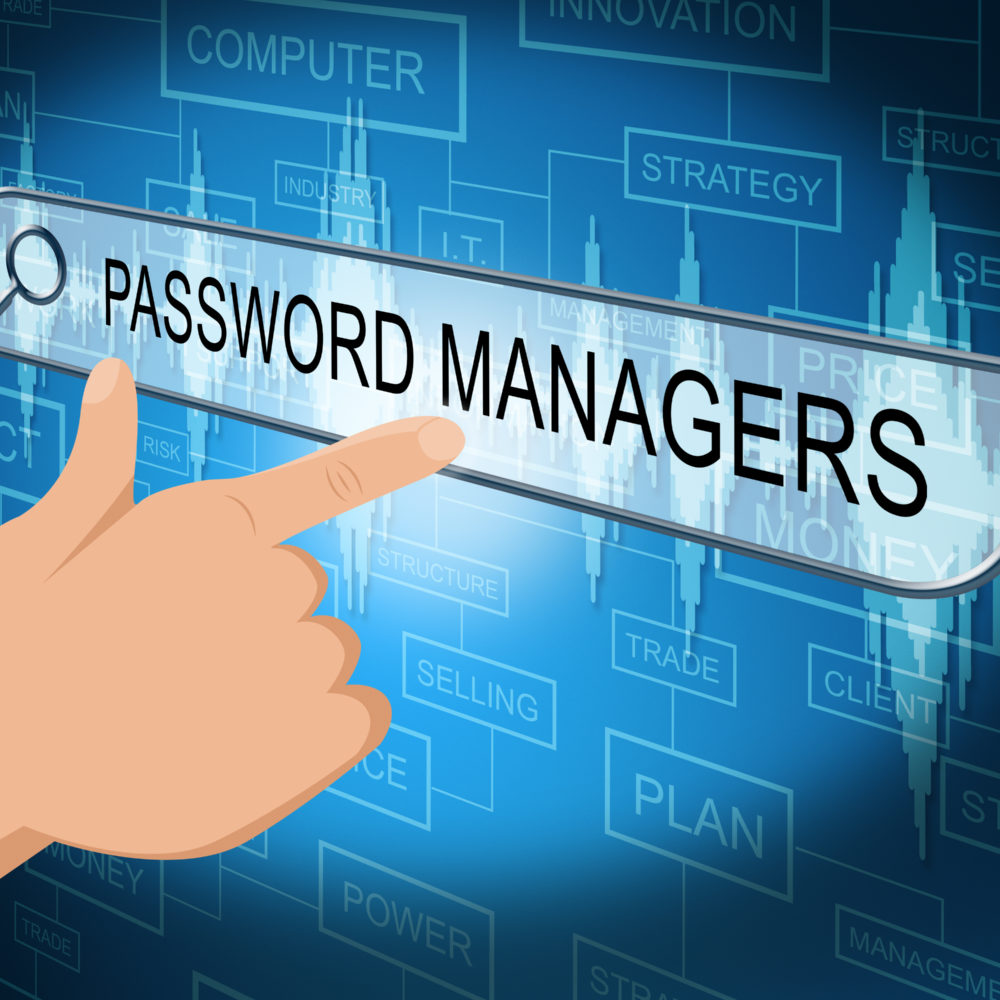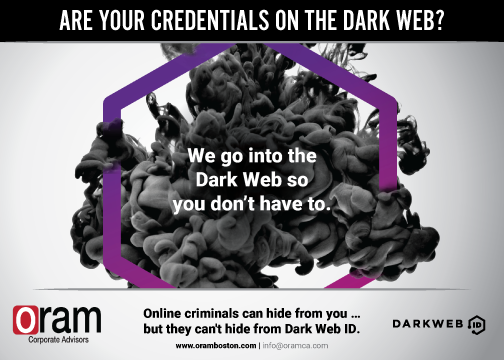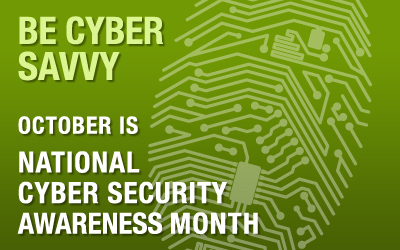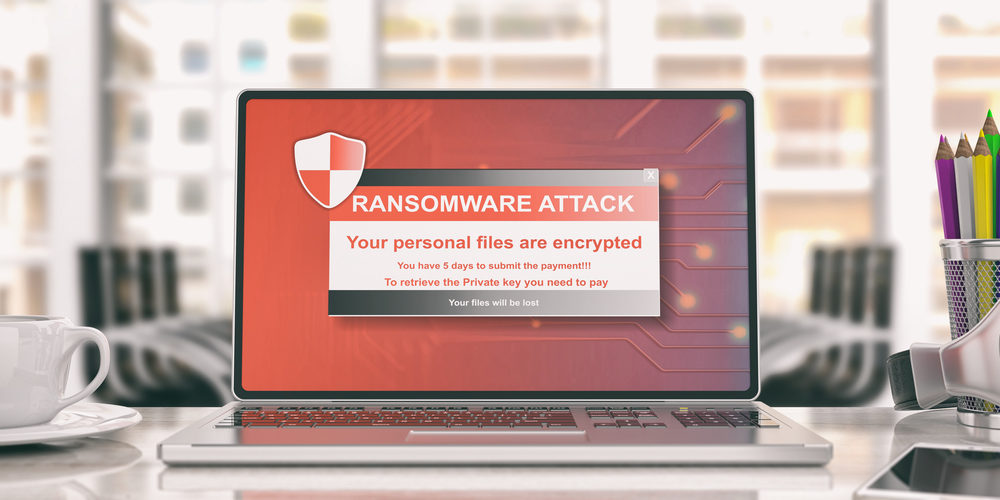We’ve all heard the nightmare stories. Someone had their bank account breached, their social media was spoofed, or, worse, their identity was stolen. Cleanup of such issues can wreak havoc on our credit, personal, and professional lives at a cost of billions of dollars each year in the United States alone. That’s why identity management is so imperative. Here are some facts, stats, and pointers to keep you and your family members better protected online.
Identity Management & Theft
Identity management is the digital security of your identity online. It encompasses your personally identifiable information (PII) such as your birthdate, address, and banking information. Your online identity also encompasses other information found about you online from your social media accounts including Facebook, Twitter, and Instagram to your credit card accounts. Identity management, or IdM as it is known in IT circles, authenticates the identity of a user, information about them online, and who is allowed to access or modify that information.
There are several ways that cybercriminals can steal your identity online with just a bit of your PII. Here’s just a sample of what identity theft can look like:
• Applying for credit cards or loans in your name
• Withdrawing funds from your savings or checking account
• Using health insurance to obtain medical care
• Employing your social security number to steal your tax refund
• Selling your PII on the dark web to other criminals
The Cost of Theft
Time and money are two huge costs affiliated with identity theft. Anyone who has had their identity stolen, their credit card credentials lifted, or their social media breached can tell you how much time it requires to play cleanup. According to a blog by LifeLock, the average time it takes to fix an identity theft issue is seven hours. The same online article reports that in extreme cases, people may spend up to 1,200 hours over the course of a year working to resolve such issues.
The sad truth is you may personally end up investing hundreds or even thousands of dollars to repair your good name and credit. Some of the common costs for repairing identity theft can include:
• Printing fees
• Sending documents by certified mail
• Lost time at work
• Hiring an attorney
• Gas
• Police report fees
The Emotional & Physical Toll
In addition to the time and financial costs of identity theft, there are other costs as well. The Aftermath study by the Identity Theft Resource Center found, “The emotional ramifications of identity crimes continue to leave victims negatively impacted well beyond the initial incident, impacting how they manage their daily lives in perpetuity.”
Identity theft victims interviewed for the study reported long-term feelings of anger and frustration (85.7 percent), and 83.7 percent reported that they felt violated. Another 69.4 percent said they couldn’t trust others and felt unsafe as a result of being victimized online.
The negative emotional impacts left people physically ill as well. According to The Aftermath report, 84 percent of the individuals who participated in the research said they had sleep issues as a result of the identity theft they experienced. More than 77 percent reported an increase in stress levels, 63 percent had problems concentrating, and nearly 57 percent said they experienced persistent aches, pains, headaches, and stomach issues. Another 54.5 percent reported increased fatigue and decreased energy while 50 percent of people lost interest in hobbies and activities.
The Socio-Economic Impact
The Aftermath study also looked at the socio-economic impact of identity theft as well. Nearly 30 percent of victims who participated in the research reported they had to go “to family or friends to ask for financial assistance while remediating their case. For those that could not find a way to get their other needs met, 37 percent went without whatever that need was.”
Respondents in the study reported employment and educational opportunities were also impacted. More than 30 percent of victims in the study said the incident caused problems for them at their place of employment while eight percent reported issues with school as a result of identity theft. Some victims said they lost employment opportunities, benefits, or their jobs because of what happened to them.
To make matters worse, almost 39 percent of respondents said they tapped their savings to address financial needs during remediation of their case. Some even had to dip into their retirement accounts or got into debt they otherwise would not have had.
“An alarming 42.8 percent of respondents noted that as a result of their identity theft incident, they are in debt and 40.5 percent said they could not pay their bills,” reported The Aftermath study.
New Account Fraud
When it comes to identity theft, new account fraud is the most expensive, according to an online piece by LifeLock. This occurs when someone other than you opens a new account, typically a credit card, in your name with stolen PII. The article reported that in 2011, the average cost of resolving this type of theft was $354 and 12 hours of time. Today, the number of fraudulent cases has only increased and the costs have also climbed.
Child Identity Theft
Though your children may not even be old enough to spell their own name, that doesn’t stop criminals from trying to steal their information, too. According to the 2018 Child Identity Fraud Study by Javelin Strategy and Research, more than one million children were the victims of identity fraud in 2017. The fraud of children’s identity led to $2.6 billion in total losses and more than $540 million in out-of-pocket costs to families, according to the same report.
One of the most disturbing trends found in the study by Javelin is that minors who are bullied online are at an even greater risk of identity theft. The research found that victims of online bullying are nine times more likely to be the victims of fraud than those not bullied online.
Here are some great tips to help concerned parents better protect their children’s identity online:
• Train your children to protect their identity in the digital age. For example, teach them not to share login and password information.
• Pay attention to children who may be being bullied online. Children seeking friendship online are more vulnerable to becoming victims of fraud by sharing their personal information.
• Check and freeze their credit. New account fraud is the most pervasive type of fraud against children. This is the most effective method for preventing new accounts from being opened in their name.
• Monitor their accounts. Parents and guardians must actively monitor financial accounts from child savings to credit cards. Review statements online and sign up for account alerts.
• Protect physical documents. Keep sensitive documents such as birth certificates, social security cards, and passports under lock and key.
• Take notifications seriously. If you receive a notification that someone has stolen your child’s identity or that unauthorized activity has taken place on one of their accounts, move quickly to rectify the situation.
• Ask for help. If you find your child’s accounts have been breached or their identity stolen, contact banks and credit bureaus directly. This is the quickest way to close unauthorized accounts and clear their credit history.
• Sign them up for coverage. Just as you can sign yourself and your spouse up for credit monitoring, you can sign your children up for the same protection as well.
More to Chew On
A 2017 study by Javelin Strategy gives us even more information to digest. Here are some more facts and figures from their research:
• There was a 16 percent increase in identity fraud over the previous year; a record high since Javelin began tracking the issue in 2003.
• Identity fraud increased by two million victims in the 2017 study over the 2016 study.
• That increase in identity fraud meant cybercriminals stole roughly $16 billion in 2017.
• Account takeover incidents and losses rose in the 2017 report to $2.3 billion, a 61 percent increase over the previous year.
• People on social media face a 46 percent greater risk in account takeover fraud than those who shun social media.
• Being an American puts you at higher risk. According to a 2018 Internet Security Threat Report by Symantec, more than 791 million identities were stolen in the U.S. in 2016 while France came in at a distant second place with 85 million identities stolen.
What You Can Do
To protect yourself from becoming the victim of identity theft or fraud, the first step is to protect yourself with an identity monitoring program such as ID Agent, which is what we recommend here at Oram. The program monitors the dark web for your information and notifies you if your PII is found there for sale so you can be proactive about blocking thieves. The great thing about ID agent that we love is that it also monitors social media and alerts you if someone is actively targeting you. It also monitors your credit through all three major credit bureaus to let you know of any new accounts or major changes.
Should the worst happen and you do experience an identity theft or fraud, ID Agent has certified restoration specialists that will work on your behalf to completely restore your identity, even if the issue started before you enrolled. When you enroll, you get $1 million in identity insurance to cover related restoration costs.
Here are some other things you can do on your own as well if you are victimized by cybercriminals:
• Review credit card and bank statements for unusual charges. Report any that you didn’t make.
• Notify your bank(s) and creditors. Send them a copy of your ID theft report.
• Place a fraud alert on your credit files and monitor your credit reports regularly. This requires that you contact all three of the major credit reporting firms: Equifax, Experian, and TransUnion.
• Put a credit freeze on your reports.
• Close accounts you know were not opened by you or those that have been tampered with.
• File a complaint with the Federal Trade Commission.
• Contact your local police department or the police in the area where the theft took place and file a report. Make sure you get a copy.
• Change all of your account passwords and PIN numbers. Do not reuse old ones or those from other accounts.
• Contact the social security fraud hotline and request a copy of your personal earnings and benefits statement.
• Check with your local department of motor vehicles to see about getting a new driver’s license number and license.
• Contact your utility companies so thieves can’t open a new account using a utility bill.
• Ensure you are using multifactor authentication on all of your accounts.
• Sign up for credit monitoring if you haven’t already done so.
If you need help securing your personal identity online or remediating an identity theft or fraud, Oram is here to help. Call us now at (617) 933-5060 or visit us online.






